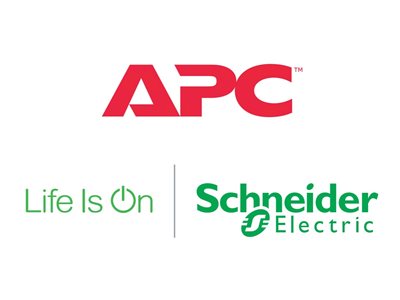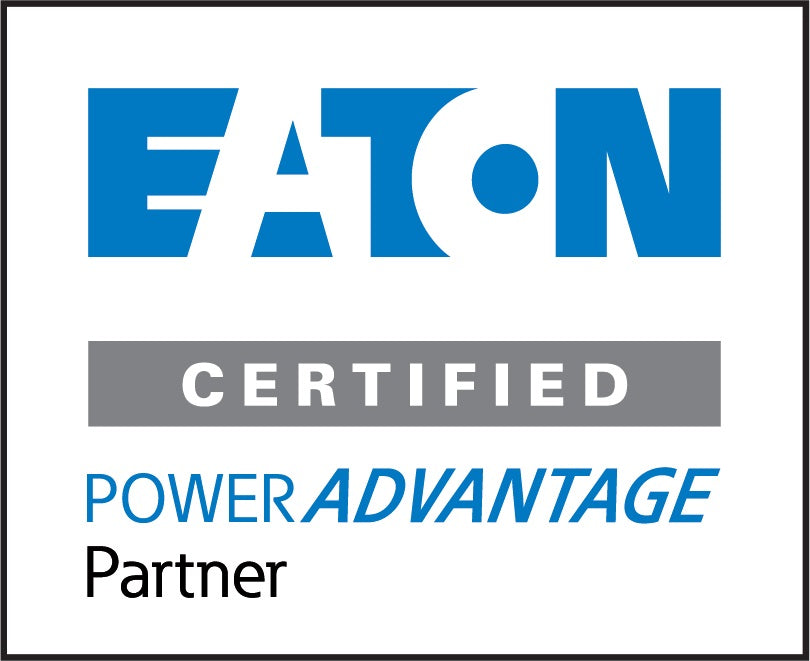Level Up Your Team: How to Build the Perfect Workstation System
In today's dynamic work environment, equipping your team with the right tools isn't just a perk – it's a necessity. A well-designed workstation system can significantly impact productivity, employee satisfaction, and ultimately, your bottom line. But with countless options and configurations available, where do you even begin?
Fear not! This guide will walk you through the essential steps to build the perfect workstation system tailored to your team's specific needs.
1. Understand Your Team's Needs: The Foundation of Your System
Before diving into hardware specifications, take a step back and analyze how your team works. Consider these crucial questions:
- What are their primary tasks? Graphic design, video editing, coding, data analysis, customer service, general administration – each requires different levels of processing power, memory, and specialized peripherals.
- What software do they use? Resource-intensive applications demand robust hardware. Make a list of the key software your team relies on.
- What are their storage requirements? Do they work with large files that need local storage, or is cloud storage sufficient?
- Do they require specific peripherals? Dual monitors, ergonomic keyboards and mice, drawing tablets, specialized audio equipment – identify any unique needs.
- What is your budget? This will be a guiding factor throughout the entire process. Be realistic but also consider the long-term benefits of investing in quality equipment.
- What are the ergonomic considerations? Ensuring a comfortable and safe workspace is crucial for employee well-being and productivity.
2. Choosing the Right Hardware: Power and Performance
Once you have a clear understanding of your team's needs, you can start selecting the hardware components:
- Processors (CPUs): The brain of the computer. For demanding tasks like video editing and complex calculations, opt for multi-core processors with high clock speeds (e.g., Intel Core i7/i9 or AMD Ryzen 7/9). For general office work, mid-range processors (e.g., Intel Core i5 or AMD Ryzen 5) should suffice.
- RAM (Random Access Memory): Essential for multitasking and running multiple applications smoothly. 8GB is a minimum for basic tasks, but 16GB or 32GB is recommended for more demanding workflows.
- Storage (SSDs/HDDs): Solid State Drives (SSDs) offer significantly faster boot times and application loading compared to traditional Hard Disk Drives (HDDs). 1 Consider a smaller, fast SSD for the operating system and frequently used applications, and a larger HDD for bulk storage if needed. NVMe SSDs offer even faster performance.
- Graphics Cards (GPUs): Crucial for tasks like graphic design, video editing, and CAD. Dedicated graphics cards (e.g., NVIDIA GeForce or AMD Radeon Pro) provide the necessary processing power. Integrated graphics are usually sufficient for general office tasks.
- Monitors: Consider screen size, resolution (Full HD, QHD, 4K), and panel type (IPS for better color accuracy). Dual monitor setups can significantly boost productivity for many roles. Ensure they are adjustable for height and tilt to promote good ergonomics.
- Peripherals: Invest in comfortable and ergonomic keyboards and mice. Consider specialized peripherals like drawing tablets for designers or high-quality headsets for customer service teams.
3. Selecting the Operating System and Software: The Digital Ecosystem
The operating system and software form the digital backbone of your workstations:
- Operating System (OS): The two main contenders are Windows and macOS. Consider your team's familiarity, software compatibility, and IT infrastructure when making this decision. Linux is also an option for specific technical roles.
- Productivity Suite: Choose a suite that meets your team's communication and collaboration needs (e.g., Microsoft 365, Google Workspace).
- Specialized Software: Ensure all necessary industry-specific software is compatible with your chosen hardware and OS.
- Security Software: Implement robust antivirus and anti-malware solutions to protect your team's data and systems.
4. Prioritizing Ergonomics and Comfort: Investing in Well-being
A comfortable workspace is a productive workspace. Pay attention to these ergonomic factors:
- Adjustable Chairs: Invest in high-quality chairs with lumbar support, adjustable armrests, and seat height.
- Monitor Placement: Position monitors at an arm's length, with the top of the screen at or slightly below eye level. Consider monitor arms for greater adjustability.
- Keyboard and Mouse Placement: Ensure the keyboard and mouse are positioned comfortably to avoid strain. Consider ergonomic keyboards and vertical mice.
- Lighting: Provide adequate and adjustable lighting to minimize eye strain.
- Desk Height: Choose desks that allow employees to work comfortably, whether sitting or standing (consider standing desks).
5. Planning for Scalability and Maintenance: Future-Proofing Your Investment
Think beyond the immediate needs and consider the future:
- Scalability: Choose components and systems that can be easily upgraded as your team grows or their needs evolve.
- Maintenance: Develop a plan for regular maintenance, software updates, and potential hardware repairs. Consider partnering with an IT support provider.
- Cable Management: Implement effective cable management solutions to keep workspaces tidy and prevent tripping hazards.
Building the perfect workstation system for your team is an investment that pays dividends in productivity, efficiency, and employee satisfaction. By carefully considering your team's needs, choosing the right hardware and software, prioritizing ergonomics, and planning for the future, you can create a powerful and comfortable work environment that empowers your team to thrive.
What are your biggest challenges when setting up workstations for your team? Share your thoughts and experiences in the comments below!







